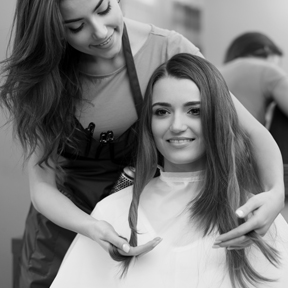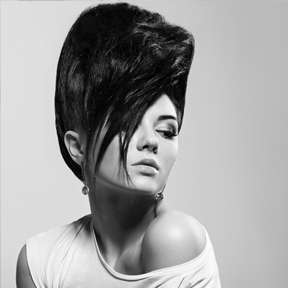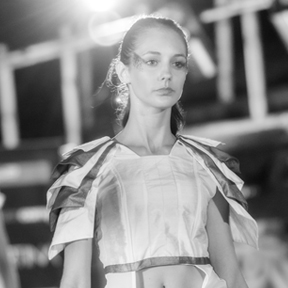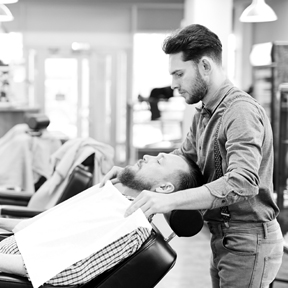How Barbering School Helps You Handle Clients Who Don’t Know What They Want
One of the most frustrating things about being a barber is clients who are unable to explain what they want, but still expect to get out of your chair looking great. This is a true test of your ability to make meaningful connections with your clients. Becoming a great barber means learning how to build rapport and communicate effectively.
When you attend a barbering school, you’ll learn a number of strategies that will help you deliver a personalized and satisfying experience for these indecisive or uncertain clients. Read on to learn more.
Barbering School Basics: Simple Cuts as Starting Points for Style
One way to start the process of picking a great look for your client is to begin with basics: the classic cuts you learn in barbering school. Using these standards as a reference, you can have a conversation with the client to customize their look.
1. Buzz Cut
This refers to a short, buzzed haircut, also known as a military cut. You can customize this cut to different lengths depending on the blade number.
2. Crew Cut
This haircut is longer at the top, with tapered sides and back.
3. Ivy League
An Ivy League compares to a crew cut, but it’s much longer. You can use scissors for the top of the head instead of clippers.
4. The Fade
The haircut’s name comes from its short taper that fades into the skin. You can end the fade high on the sides and back or low.
Remember that the Cut Complements the Face
To find a haircut that will make your client look their best, you must consider their face shape, mainly determined by their cheekbones, jaw, and forehead. A style that looks good on one face shape might not look so fresh on another. Here’s a rundown on different face shapes and some suitable hairstyles for each you must know when becoming a barber.
1. Oval
An oval face has fewer square jawlines, and the forehead measures longer than the jaw. This face shape looks great with a crew cut, shaved sides, tousled texture, a mature fade, and a textured lineup with a beard.
2. Diamond
A diamond face has the cheekbones as the widest part. The cheekbones are high and defined, with pointed chins. Suitable haircuts include the textured crop, mohawk, side swept, taper, and a high-top flip.
3. Round
A round face has soft angles and filled cheeks. A round face matches haircuts like fades, slicked backs, and curls.
Using Visual References
Ultimately, a great haircut is a visual work of art, and in many cases that means that finding the right style for your client means you’ll need to use visual references.
A basic look book with examples of popular styles is always handy, since clients can’t be expected to know all the terminology you learn when becoming a barber. Sometimes the haircut currently sported by a well-known celebrity can be a useful touchpoint. As you progress your barbering career, you should also consider asking permission to snap pictures of client cuts you’re especially proud of so that you can use them to suggest styles for other clients in the future.
The Process of Becoming a Barber
Developing a rapport with clients to help them come out of the chair looking their best is one of the best parts of becoming a barber. The process starts with attending a high-quality barbering school program. Contact Health and Style Institute today to learn more about our barbering program and start your journey in this rewarding career.








